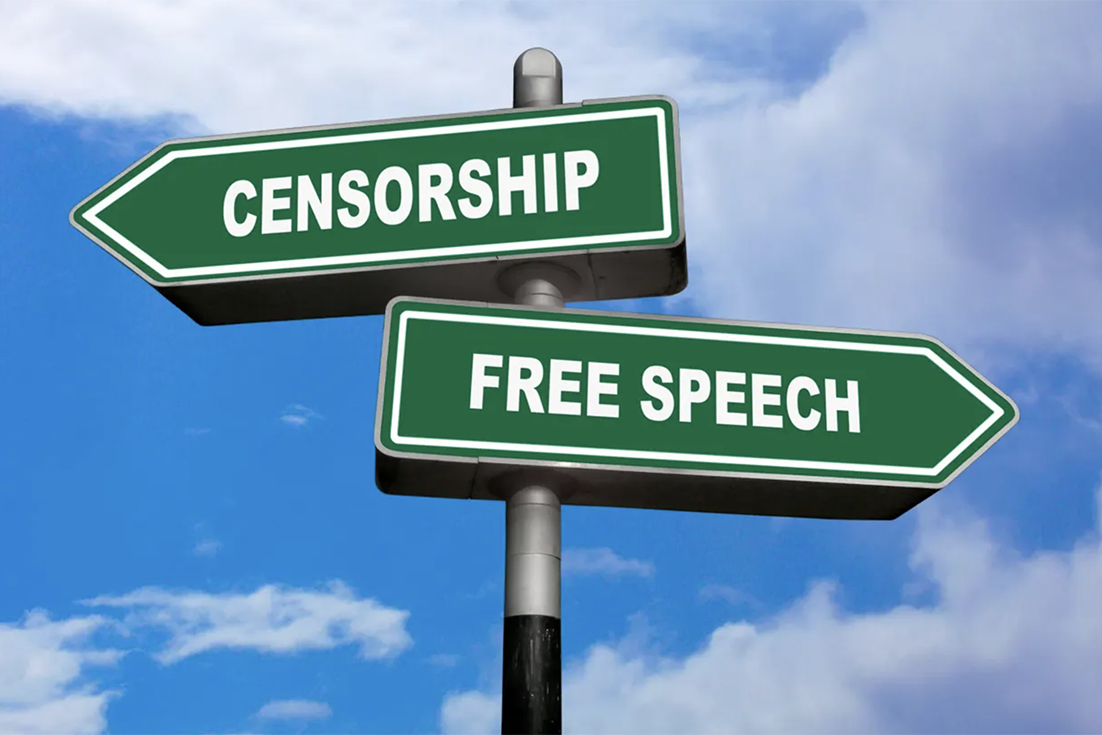
He may not be the boss at Microsoft any more, but the footprint Bill Gates has left on late 20th Century and early 21st Century society is beyond measure. Now the company, true to its vision of never standing still, is looking to invest colossal sums into the UK Tech sector.
Alan Wares looks back – and forward – at this omnipresent company
In the beginning
Microsoft co-founder Bill Gates was born in Seattle on October 28th, 1955 and was known as William Gates III or “Trey” (meaning ‘three’).
When he was 13, he bought some equipment and a block of computer time on a General Electric (GE) computer for the school’s students. Gates took an interest in programming the GE system in BASIC, and was excused from maths classes to pursue his interest. He wrote his first computer programme on this machine; a version of tic-tac-toe (noughts and crosses) played against the computer. Gates was fascinated by the machine and how it would always execute software code perfectly.
Gates graduated to Harvard but he remained in touch with Paul Allen, and worked with him at Honeywell during the summer of 1974. In 1975, a new computer was launched called the MITS Altair 8800 and they decided they wanted to write software for it.
In order to start their new company, Gates left Harvard and contacted the manufacturer, Micro Instrumentation and Telemetry Systems (MITS) and hoodwinked MITS into believing they were working on a BASIC interpreter for the platform. The pitch succeeded and they quickly set to work to make their claim come true. They set up a company called Micro-Soft, but before long it became simply Microsoft.
Gates soon learnt the value of his work but also had an early knack of upsetting the computer fraternity. As successful as Microsoft was, it always had its enemies, and was often prone to malicious hacking attacks, mainly because Gates persisted in his belief that software developers should be able to demand payment. It was, after all, a fairly new industry, and commercial rules were being written on a constant basis.
The eternal rise of Microsoft
If he was alienating some of the hobbyists, he was also gaining some more positive attention. In 1980, Gates and Allen were approached by IBM. The company was looking for assistance with its new personal computer, the IBM PC. Ultimately, Microsoft delivered a whole operating system, PC DOS, retaining the copyright and, in the process, making a name for themselves around the world.
The computer press soon caught on to the fact that Gates was the main player, with PC magazine declaring him ‘The man behind the machine’. Microsoft’s ascendancy to a world power arrived in 1985 when it released its first version of Windows. It was, apparently, rather popular, and eventually, omnipresent.
His operating systems and software revolutionised computing and made access to a computer more accessible. Talking to The Telegraph in 2008, Gates recalled, “When Paul Allen and I started Microsoft, we had big dreams about software. We had dreams about the impact it could have. We talked about a computer on every desk and in every home. It’s been amazing to see so much of that dream become a reality and touch so many lives. I never imagined what an incredible and important company would spring from those original ideas.”
The rise of Microsoft brought with it its own rewards, and Gates – who had elevated himself over time from shop-floor programmer, to manager to a more corporate role – eventually found himself a billionaire. Several times over.
Corporate America
Gates’ (and Microsoft’s) rapid rise came with few rules attached. They were being written and learned as they went along. For everyone who saw Gates as a pioneer, there were those who saw him as a corporate bully.
There are many examples of Microsoft being hauled over the coals while Gates was at the helm, with the highest Courts in the US having to make judgements on the company and its practices – and far from all of them in Microsoft’s favour. The biggest issue it constantly had to fight – and it was by far not the only tech company that had to suffer this indignity – was that its success had led to a monopoly.
That, in itself, need not be an issue, but in a hyper-capitalist society like the United States of America, it’s considered communism itself. Competition, goes the mantra, is king. And Gates was often accused of enforcing a monopoly.
Internal practices were also criticised, making it a miserable place for many to work. To give an example of something which just wouldn’t be tolerated today, and that the corporate rulebook would consider was a horrendous mistake, Microsoft would pit employee against employee internally, meaning even if all people in a team were good enough – or even excel – at their job, one would have to go. Just because.
Gates the philanthropist
In 2017, research by Oxfam calculated that the eight richest men in the world hold the same amount of wealth as the bottom half of the world’s population, some 3.5 billion people. The wealth of the eight men is ‘biblical’ declared Gawain Kripke, Oxfam’s Director of policy and research. “Left unchecked, growing inequality threatens to pull our societies apart.”
Gates himself ultimately stated that, “Money has no utility to me beyond a certain point. Its utility is entirely in building an organisation and getting the resources out to the poorest in the world.”
Bill’s transformation from corporate leviathan to serial philanthropist can be credited to Melinda French, a woman ten years Gates’ junior, whom he met in 1987, four months into her job at Microsoft, when they sat next to each other at an Expo trade-fair dinner in New York.
They married in 1994 and, in a profile of the power couple, The Independent wrote, “Whatever first attracted Ms. French to Bill Gates, he was struck by her forthrightness and independence. It was she who first spurred him into impulses of charity. After their engagement in 1993, during Melinda’s wedding shower, her mother Mary, suffering from breast cancer, read her an admonitory letter whose gist was, “from those to whom much is given, much is expected”.
With Melinda, Bill founded and chairs the Bill & Melinda Gates Foundation - an amalgamation of the William H Gates Foundation (set up in 1994) and the Gates Learning Foundation – which works to save lives and improve global health. It was believed Melinda’s mother’s message that was the catalyst in setting up the William H Gates Foundation. Run by Bill’s father, himself a prominent lawyer, its aim was to put laptops in every classroom. Then the couple decided that the most pressing issue in the US was reforming the education system.”
At first, Melinda was the driving force of the Foundation, but once Bill departed from his day-to-day role at Microsoft in the early 2010s, he threw himself into charitable work.
In 2005 Time magazine named Bill Gates and Melinda, along with Bono, as the Persons of the Year citing three people on a global mission to end poverty, disease and indifference.
In May 2021, Bill and Melinda Gates announced their decision to divorce in a joint statement on social media. This ended 27 years of marriage, and 34 years as a couple. According to The Wall Street Journal, Melinda had been meeting with divorce lawyers since at least October 2019 after Bill’s business dealings with convicted sex offender Jeffrey Epstein became public, with her having warned him about associating with Epstein as early as 2013.
According to Fortune magazine in 2022, The Bill & Melinda Gates Foundation, which they both still run, is the second-largest charitable organisation in the world by assets, with an endow-ment worth nearly $70 billion. Through the foundation, Gates has reportedly donated more than $50 billion since 1994 to eradicate diseases, promote education, and advance gender equality.
During the Covid pandemic, Gates was considered by media outlets as an expert on the subject, despite him not being a public official nor having any prior medical training. The tinfoil hatters, conspiracy theorists, Covid-deniers and other hard-of-thinking oddballs took it upon themselves to promote the notion that Gates had inserted nano-bots into vaccines in order to exert mental, physical and neurological control.
Back in the real world, his foundation did, however, establish the Covid-19 Therapeutics Accelerator in 2020 to hasten the development and evaluation of new and repurposed drugs and biologics to treat patients.
On the subject of climate change, Gates is unequivocal. He considers both climate change and global access to energy to be critical,
interrelated issues. He has urged governments and the private sector to invest in research and development to make clean, reliable energy cheaper, believing that a breakthrough innovation in sustainable energy technology could drive down both greenhouse gas emissions and poverty, and bring economic benefits by stabilising energy prices. So far, too many governments are happy to switch off listening at that point.
Gates has sold or given away so much of his stake in Microsoft that he now owns little over 1% of shares. In 2010 Gates and Warren Buffett created the Giving Pledge, a promise to give at least half of their wealth to charity, and called on other billionaires to join them. More than 170 of the world’s richest people, including Mark Zuckerberg, Michael Bloomberg and George Lucas, signed up.
Bill’s journey from corporate suit to poverty campaigner owes much to the relationship with his now ex-wife, but there was another key influence. Gates was struck by the words of the pioneering American philanthropist, Andrew Carnegie.
Carnegie’s statement should be a mantra for everyone who finds themselves in a position of having more money than they can possibly spend: “No man can become rich without himself enriching others. The man who dies rich dies disgraced.”
MICROSOFT INVESTS IN THE UK
In January 2024, Microsoft announced a major AI infrastructure and skilling investment supported by a new partnership on security. According to the company, it will help the UK seize the artificial intelligence (AI) opportunity and ensure that AI innovation and safety progress together while creating jobs, improving services, and protecting public security.
The investment will cover three key areas:
Capacity: First, Microsoft will invest in the UK’s AI infrastructure. Over the next three years Microsoft will spend £2.5 billion ($3.2bn) to expand its next generation AI datacenter infrastructure, bringing more than 20,000 of the most advanced GPUs to the UK by 2026.
Capability: Second, Microsoft will invest in broad-based AI talent and education programmes. To support UK workers across the AI economy, Microsoft will make a multi-million-pound investment to train one million people with the skills they need to build and work with AI.
As part of this skilling commitment, Microsoft will also turn all the lessons it has learned in operationalising responsible AI principles for its own AIengineers and developers, into learning modules for UK customers and partners. To help ensure Microsoft technical trainers are adhering to the ethics and principles of developing AI solutions responsibly they will all complete and attest to Microsoft’s “Responsible Generative AI” training.
Security: Third, Microsoft will invest in strong AI safety and security measures. These will cover both Microsoft’s own infrastructure and support for AI developers and customers deploying and using AI applications.





